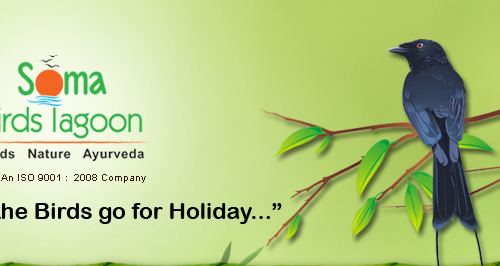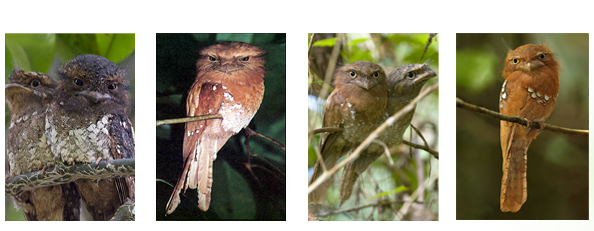




Ceylon Frogmouth is the rarest species of birds. The Ceylon Frogmouth are group
of tropical nocturnal birds TheCeylon Frogmouths are mainly found in the western ghats of southwest India. And srilanka. It is a habitat of dense tropical forest. It lays egg on the fork of the tree the female cares the egg in the night and the male cares in the day. The Ceylon Frogmouth is 23 cm long. It has a huge frog like gape, It has a large flattened hooked bill and large head. The female is mainly white in colour with less spots and male is grey in colour and heavily spotted. The Ceylon Frogmouth rests on the high branches in day time and camouflaged by its cryptic plumage and appears like broken branch. At night it hunts insects by its huge gape. The bird can be discovered easily at night by its song,which is loud, cackly and resembles frog cry like series of Klock-klock-klock-klock-klock Calls. Their flight appears weak but capable of flying quietly under the forest canopy.
Dr.Salim Ali found this particular variety bird at Thattekad Bird Santuary and sanctuary is named Salim Ali Bird Santuary after his invention in 1930. This particular bird is rediscovered in 1990 by Dr.Sugathan the ornithologist and disciple of Dr.Salim Ali from the same sanctuary. The scientific name of the species is Batrachostomus Moniliger. The three Podargus Species are large frogmouths restricted to Australia and New Guinea, and have massive flat broad bills. They are known to take larger prey such as small vertebrates (frogs, mice, etc.), which are sometimes beaten against a stone before swallowing. Both Podargus and Batrachostomus have bristles around the base of the bill, and Batrachostomus has other, longer bristles which may exist to protect the eyes from insect prey. In April 2007, a new species ofCeylon Frogmouth was described from the Solomon Islands and placed in a newly established genus, Rigidipenna. Recent study has casted doubt on the Ceylon Frogmouth's placement within that order, and they may be distinct enough to warrant an order of their own, Podargiformes, as Gregory Mathews proposed in 1918.






© 2010 Somatheeram Ayurveda Group. All rights reserved. Website designed by CyberSoma.